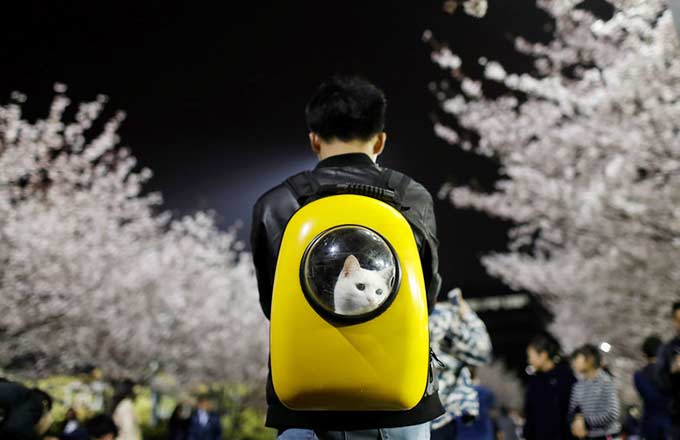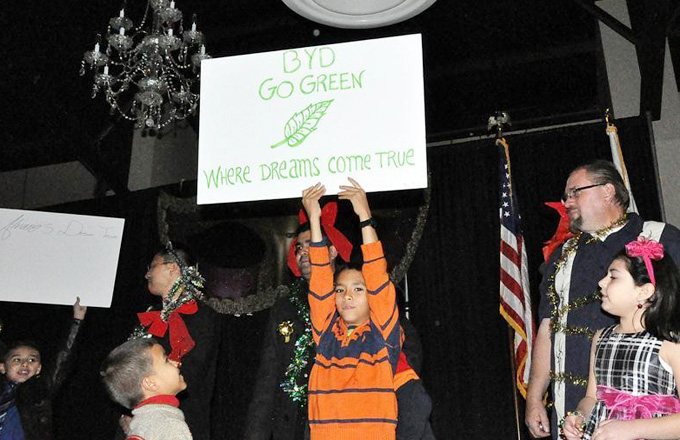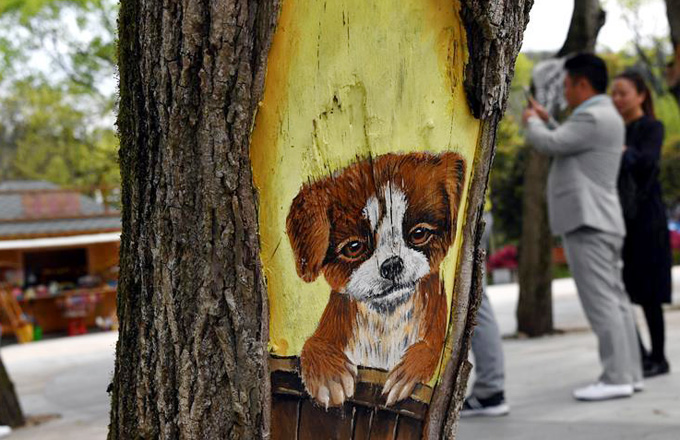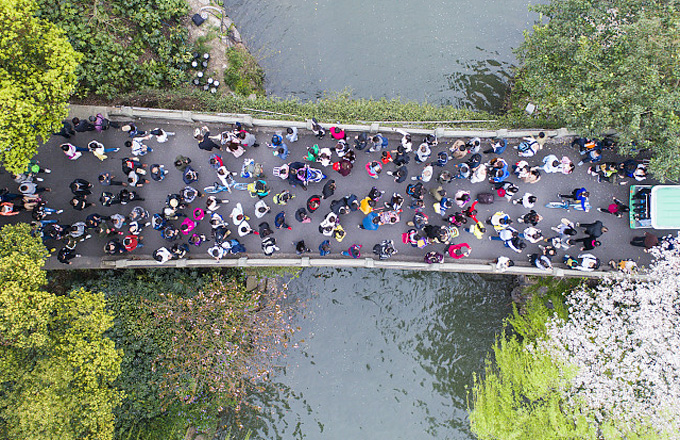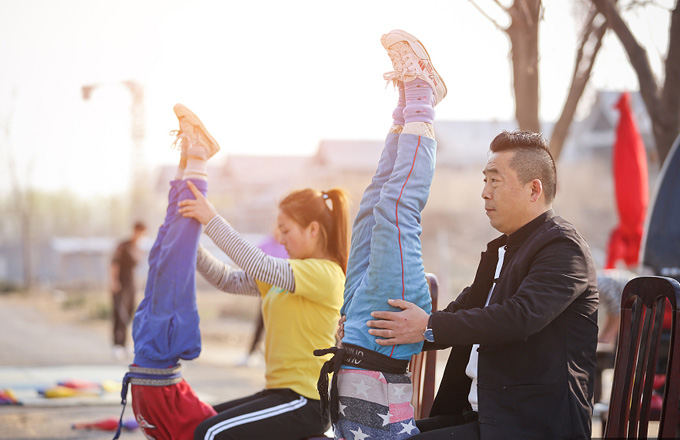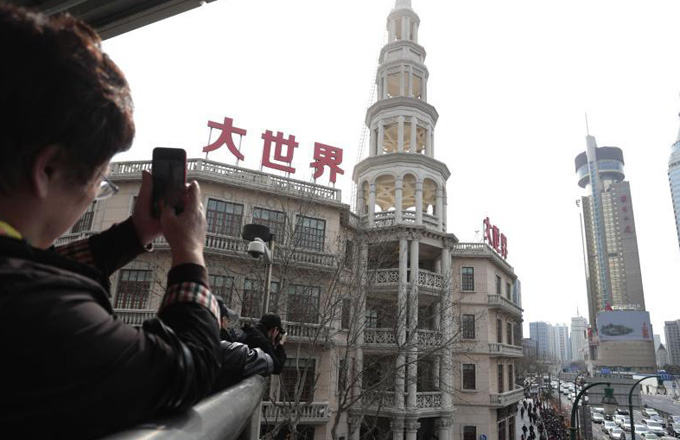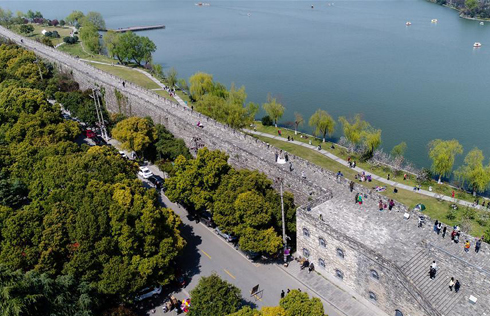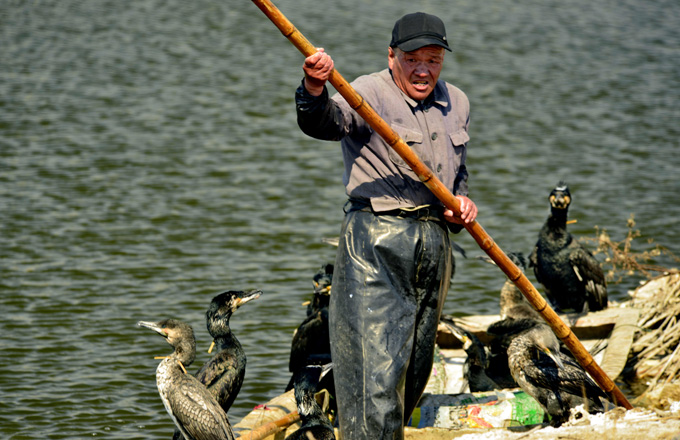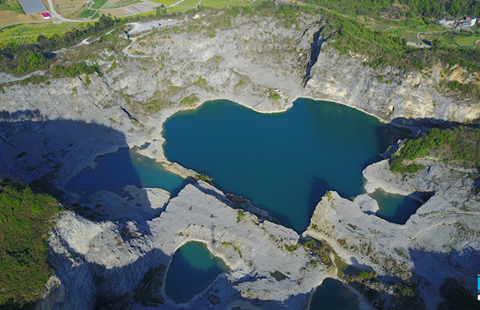

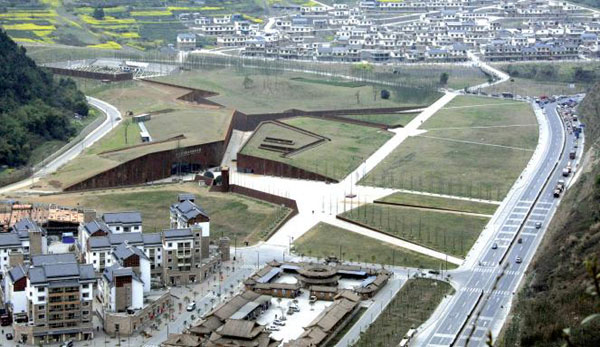 |
|
The 5.12 Wenchuan Earthquake Memorial Museum will soon open in Beichuan county. HUANG YIMING / CHINA DAILY |
Relics from the 2008 earthquake are exhibited throughout the disaster zone to remember the past and prepare for the future.
Museum curator Fan Jianchuan believes relics not only remind us of our past but also point to our future. "If I live another 30 years, I will see another major quake along the Longmen fault line," Fan told China Daily in March. Weeks later, on April 20, Lushan county was rocked by a magnitude-7 temblor that killed almost 200 people and injured another 12,000. Fan's forecast came from studying relics in the 22 halls of China's largest private museum, which he founded outside Chengdu. He cited the 2008 Wenchuan quake displays as some of the most prophetic before Ya'an's temblor. "These relics are a wakeup call to Chinese," he says of the 100,000 or so artifacts in his museum from the 2008 Wenchuan quake, which left 90,000 people dead or missing. "They inform decision-makers. That's my museum's most important lesson."
Two halls also reference previous tectonic ruptures along Longmen, such as the 1933 quake that flooded a town in the Aba Tibetan and Qiang autonomous prefecture, which is still underwater, as well as another in 1976 that caused mass destruction.
Fan believes his museum's most illustrative exhibit is the wedding gown of a woman who drowned with her fiance in a flash flood caused by the 2008 quake.
"It's a testimony to the disaster's tragedy," Fan says. "The brightest moment for two people starting their shared lives instantly became their dark end."
Zhao Kaisheng, curator of the 5.12 Wenchuan Earthquake Memorial Museum, says the tremor contrasted the worst side of nature with the best of humanity.
Crushed cars, clocks stuck at the time of the quake and victims' shoes fill the 1.5-sq-km museum in Beichuan county. Many displays show the heroism of rescuers and ordinary survivors, while missing person notices line the walls of the chronologically arranged halls.
The museum's focus extends beyond the tragedy to its transformative power, propelled by people's compassion trumping nature's ruthlessness.
The first section introduces the disaster's recovery and rebuilding process. Statues commemorate the progress. An LED screen shows the changes in devastated areas.
Beichuan museum's interior is contemporary, but its exterior is built with antiquated rust-colored panels.
"This contrasts with the green when seen from above, where it looks like a tectonic fissure, and also appears old and solemn, like a memorial should," Zhao says. "And since the building already looks rusty, it won't change over time."
Beichuan, like many towns and cities in the quake zone, has opened ruins to the public as museums, memorials and historical relics.
Visitors can now investigate destroyed settlements, where stairwells spill in all directions, something akin to an M.C. Escher painting.
Constructed at the entrance of Hanwang's ruins is the Mianzhu Relief and Reconstruction Hall. The six-hall museum is adjacent to the town's iconic clock tower, which remains frozen at 2:28 pm — the moment disaster struck in 2008. The ruins opened to the public last year.
Visitors can walk over glass floors above items retrieved from the rubble — puckered fire extinguishers, crumpled bicycles and school children's dust-stained backpacks. One corridor is flanked by TV screens of people telling their stories, from the disaster to the recovery.
These recordings, like other museum relics, have much to say that is worth remembering from that day in 2008 that will guide construction for years to come.
